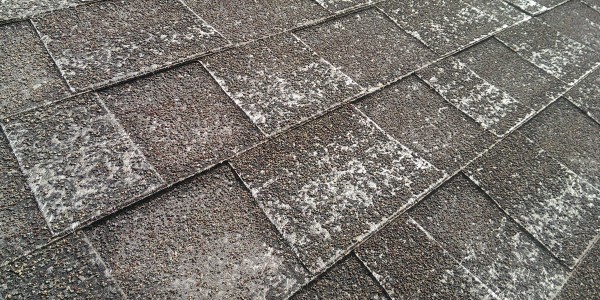Atlanta
Hail and Wind – Storm Damage
“Hail storms don’t last long, but they pack a real punch.”
Company that services the greater Metro Atlanta.
HAIL EXPOSURE AND DAMAGE
The process of detecting and evaluating hail damage is subjective at best, and often everyone involved will offer a different assessment. Damage can range from large, highly visible dents and tears to almost undetectable indentations or invisible granule damage. However, even small amounts of damage can harm the surfacing material, leading to deterioration of the shingles months later.
Normally, if a shingle indicates outward damage, the underlying components may be compromised and affected to some degree. On damaged roofs, the hail impact may affect the embedment of the granular surfacing in the asphalt top coating. This loosens the granules, potentially allowing the granules to separate from the coating layer and wash off the roof. Without the granule surfacing, the asphalt top coating is exposed to ultraviolet radiation from ordinary sunlight and will eventually deteriorate, exposing the fiberglass substrate and creating the potential for a leak. On severe hail damage, the fiberglass substrate may be physically broken further, compromising the weather integrity of the shingle. Without visible damage there is no real way to be sure how much damage shingles have encountered. Outward damage may not appear until months or years later. In accordance with the terms of the Limited Warranty, there is no coverage for damage caused by hail. However, should the shingles be damaged by hail, there is continuing coverage for manufacturing defects. There is a definite distinction between a manufacturing defect and damage caused by hail. When evaluating hail damage, look for the following conditions:

Tears in the Shingle
Tears are normally worse on re-roofs due to the irregular surface support. The main areas showing damage usually include hips, ridges, sides of dragon’s teeth, and butt edges of shingles.
Working with us
ARTECH ROOFING &
CONSTRUCTION, LLC.
Roofing 101
Leakage in attic after wind-driven rain
It can be very difficult to tell exactly where leaks are coming from in your roof and even more difficult to ...
Read MoreLeakage in attic after ice build-up
You would typically experience this type of leak in the spring thaw or on sunny or mild winter days. Older Winnipeg ...
Read MoreBlistering and/or peeling of interior and/or exterior paint
When paint starts to peel off, the cause is likely trapped moisture in the house due to excessive temperature or high ...
Read MoreStains on interior ceilings and walls or mold and mildew growth
During winter months, many drywall stains called in as building leaks turn out to be caused by condensation. Because these stains ...
Read MoreDecay of roof shingles, sheathing, and/or siding
Poor attic ventilation is again a possible cause, but any condition that results in excess moisture can contribute to decay.
Read More






